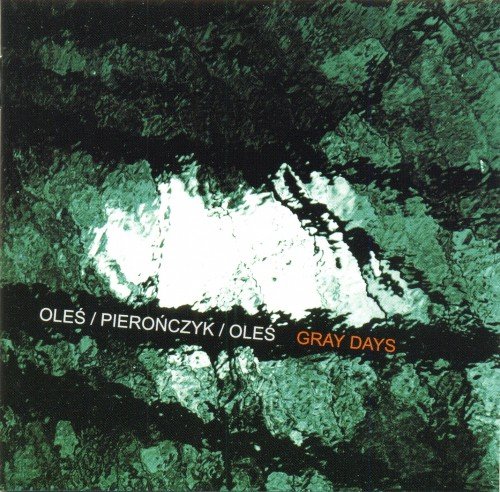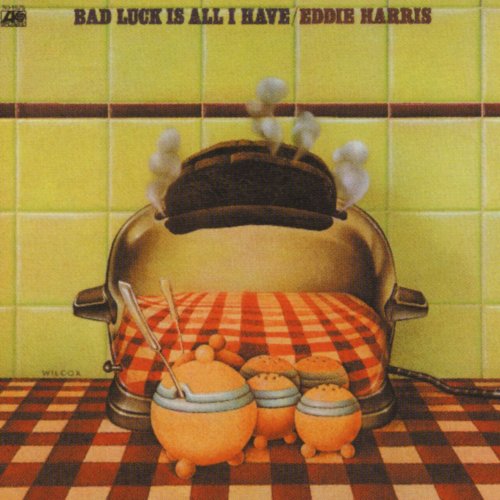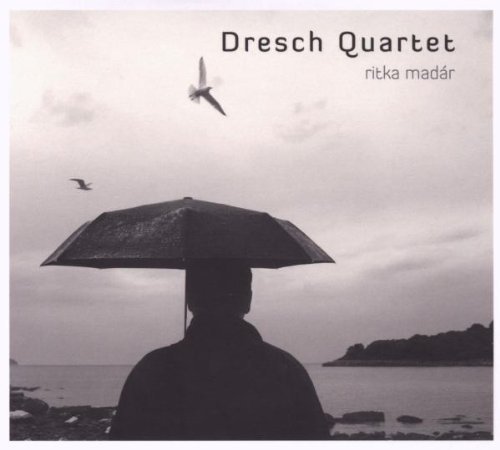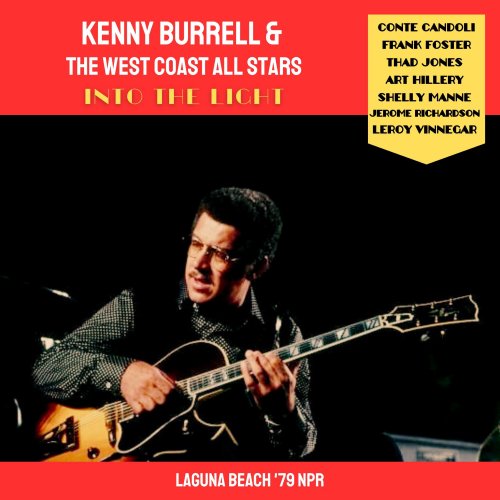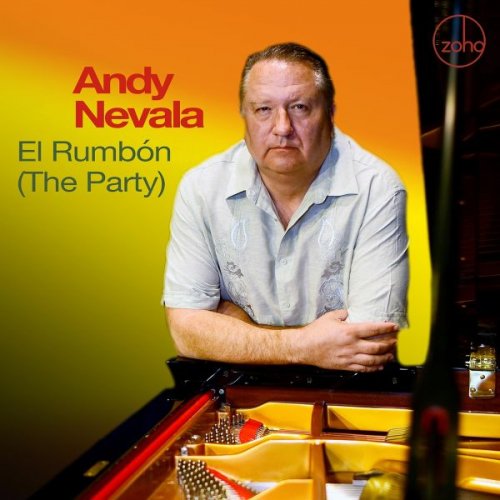David Schrader - Soler: Keyboard Sonatas / Fandango, Vol. 1 (1991)
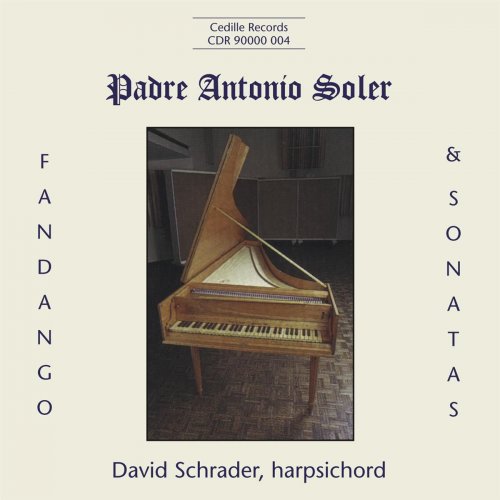
Artist: David Schrader
Title: Soler: Keyboard Sonatas / Fandango, Vol. 1
Year Of Release: 1991
Label: Cedille Records
Genre: Classical Harpsichord
Quality: flac lossless (tracks) +Booklet
Total Time: 01:13:49
Total Size: 472 mb
WebSite: Album Preview
TracklistTitle: Soler: Keyboard Sonatas / Fandango, Vol. 1
Year Of Release: 1991
Label: Cedille Records
Genre: Classical Harpsichord
Quality: flac lossless (tracks) +Booklet
Total Time: 01:13:49
Total Size: 472 mb
WebSite: Album Preview
01. Fandango in D Minor
02. Keyboard Sonata No. 4 in G Major
03. Keyboard Sonata No. 9 in C Major
04. Keyboard Sonata No. 16 in E-Flat Major
05. Keyboard Sonata No. 24 in D Minor
06. Keyboard Sonata No. 25 in D Minor
07. Keyboard Sonata No. 60 in C Major: I. Andantino
08. Keyboard Sonata No. 60 in C Major: II. Allegro vivo
09. Keyboard Sonata No. 63 in F Major*: I. Cantabile
10. Keyboard Sonata No. 63 in F Major*: II. Allegro
11. Keyboard Sonata No. 63 in F Major*: III. Intento
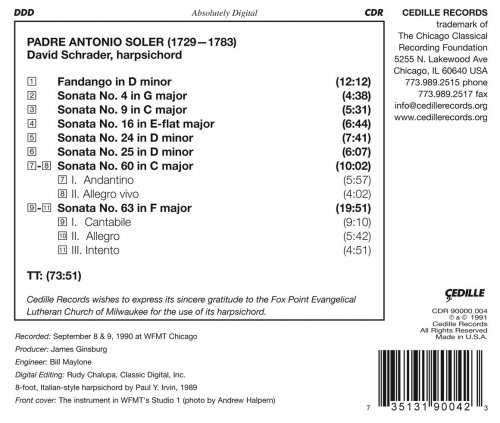
Keyboard artist David Schrader, a favorite of the Chicago Symphony Orchestra, made his solo recording debut with this CD of harpsichord works by Spanish composer Padre Antonio Soler. Soler's compositions embrace Spanish folk melodies, show a fondness for syncopations, and require virtuosity from the performer. Soler's work bridges late Baroque and early Classical styles. "Like his illustrious predecessor at the Spanish court, Domenico Scarlatti," writes David Schrader in his program notes,"Soler also enjoyed the patronage of a member of the royal family ... While Scarlatti's influence on Soler is evident, it is well to note some salient differences in the two composers' works for keyboard. Soler composed more sonatas in a relatively moderate tempo than did Scarlatti; the acciaccaturas (dissonant notes played quickly in between harmonic tones) so germane to Scarlatti's style rarely appear in Soler's works; and Soler made frequent use of Alberti bass patterns, which Scarlatti avoided. Similarities, however, include the demand for virtuosic technique, a fondness for syncopations, and a thorough infusion of Spanish folk music." The instrument used in the recording (an 8-foot single-manual harpsichord) was built by Paul Y. Irvin of Glenview, Illinois in 1989. It has a five-octave range, two sets of unison string, and a buff stop. Its design was inspired by the sound and acoustical design of a small 1681 Giusti harpsichord now in the Germanisches Museum...
![Rafael Riqueni - Nerja (2025) [Hi-Res] Rafael Riqueni - Nerja (2025) [Hi-Res]](https://www.dibpic.com/uploads/posts/2026-01/1768128135_qy2pif80oj6rgensavcl1j1kb.jpg)
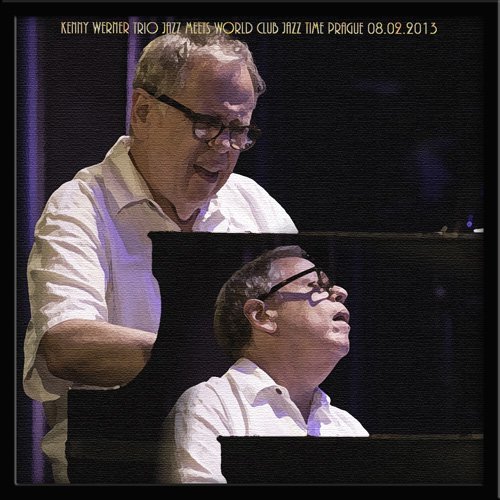
![Berlin Psalm Projekt - The Heavens Declare (2026) [Hi-Res] Berlin Psalm Projekt - The Heavens Declare (2026) [Hi-Res]](https://www.dibpic.com/uploads/posts/2026-01/1767944461_vwe9478zlu24v_600.jpg)
